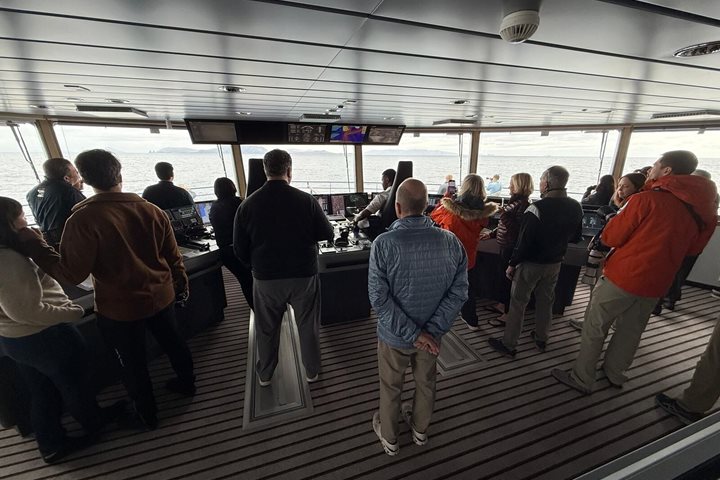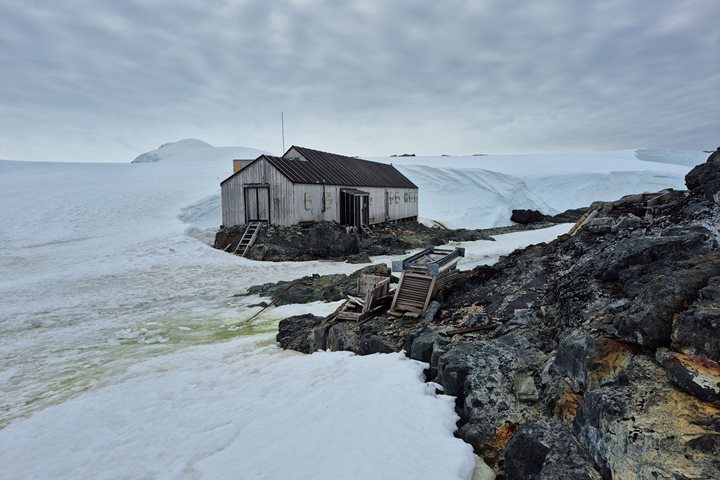It is hard to believe that just last night we were watching killer whales while the setting sun lit up their blows like fire. Now, we are sailing north, the Antarctic Peninsula at our stern. Although miles and miles of water separate us from land, our memories of this incredible voyage create a bridge between the White Continent and us.
This voyage has spanned thousands of miles taking us from the very outer islands of the Antarctic Peninsula all the way to the Antarctic Circle. We have explored the black and white world of mountains, ice, and penguins, but we have also had the chance to explore the astounding multi-colored underwater world of Antarctica. Onboard National Geographic Explorer, a dedicated naturalist goes diving or uses our Remotely Operated Vehicle (ROV) to bring back images from one of the least-studied underwater environments in the world.
It is here under the surface of Antarctica’s icy waters, that one can see creatures that have never been seen by human eyes before. These are the most nutrient-rich waters on the planet. Most of the creatures filter feed from the rich waters that surround the continent, siphoning their food out of the water column—some can filter up to 25L a day! Others feed on the sediment that falls from bird cliffs or penguin colonies. Living in sub-zero water, these amazingly resilient animals have grown to adapt to their environments, and even evolved to be more efficient physiologically. For instance, the fish, which do not have a swim bladder, have evolved to have osteoporosis, so that they do not have to expend as much energy lifting themselves off the bottom when they swim.
The underwater world is just another part of the intense exploration that we have done over the last nine days. However, it isn’t over yet, as we cross the convergence a whole new ecosystem will open up to us, and who knows what we will find.







